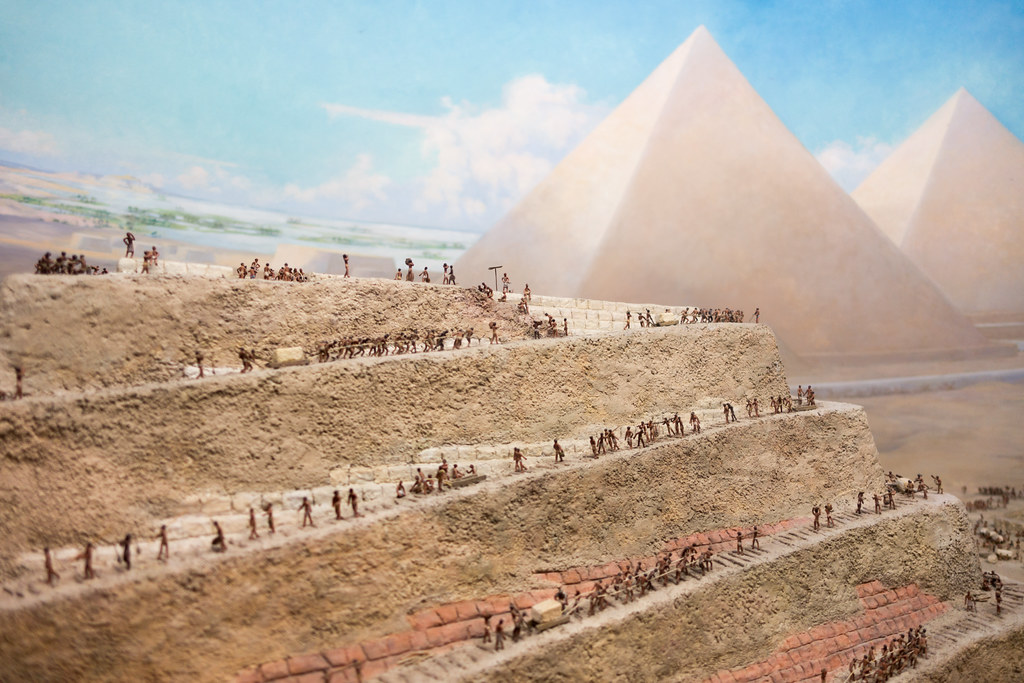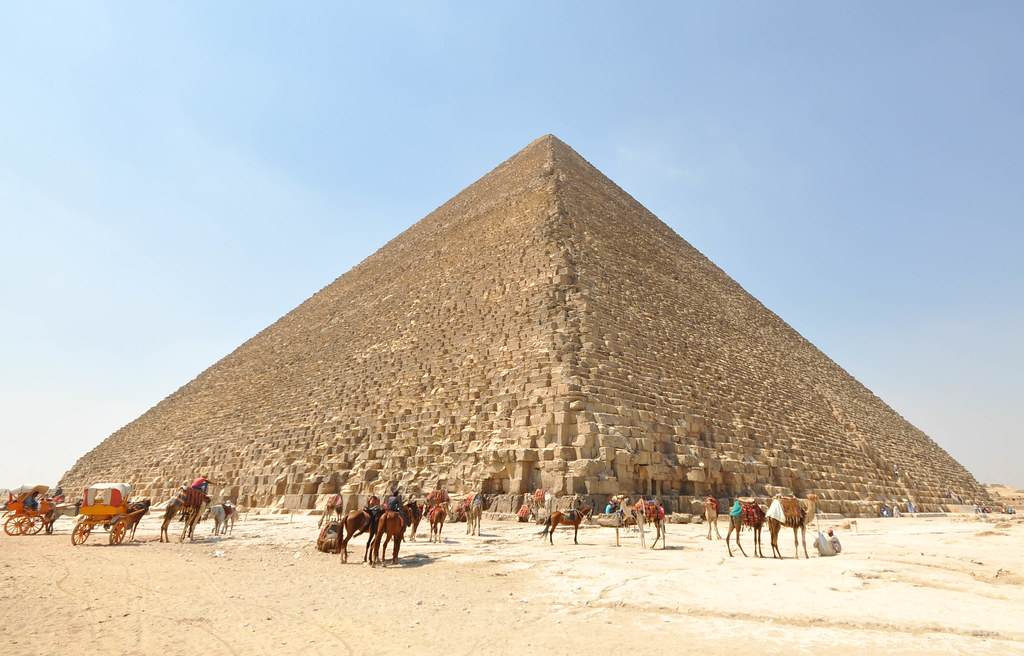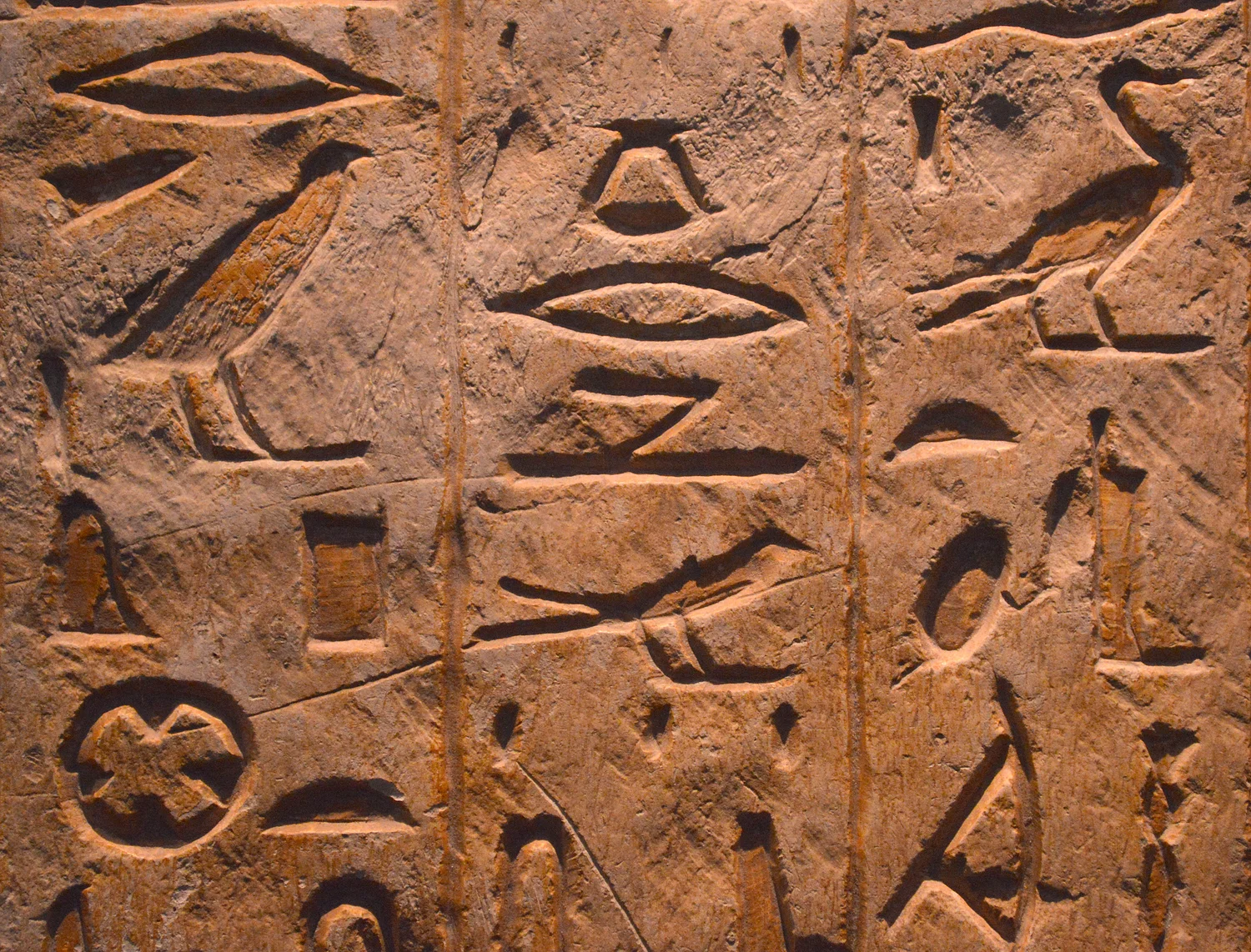The construction methodology used to build the Great Pyramids of Egypt remains a mystery in today's study of ancient archaeological sites. Among the many theories that attempt to elucidate the ingenious techniques used by the builders at the time, a single theory emerges as the most likely explanation for how these enormous man-made wonders were put up.
It centers on the inventive use of an external ramp, either straight or circular, which twisted upward along the outside slope of the pyramid. A vast workforce is imagined to have slaved away in the blistering Egyptian heat, carving, hauling, and stacking huge slabs of granite and limestone to create the recognizable pyramid shape. The external ramp, which provided a steady tilt for the transport of materials at higher elevations, acted as the logistical core of this operation.
The plausibility of the external ramp
The notion of the external ramp takes into consideration the operational difficulties caused by the sheer size and dimension of the pyramid and the necessity to move heavy stones to considerable heights. As the pyramid got taller, the ramp would have been modified to fit the larger structure it supported. When each level of the pyramid was finished, the ramp was extended, providing an uninterrupted route for the laborers and their heavy loads.
Furthermore, the concept of an external ramp that is either linear or circular fits in with the ruins and rock formations that have been discovered near the pyramids. Geological studies and archaeological findings suggest that such a ramp could have been made with materials that were easily accessible locally and would have blended in seamlessly with the surrounding landscape. The narratives of ancient historians, such as Herodotus, who described a ramp of spiral construction ramp, add weight to this notion.
Power in numbers
The massive amount of manpower required for this kind of project should not be undervalued. Tens of thousands of skilled workers, including haulers, stonecutters, and quarrymen, are thought to have worked in concert to erect the pyramid. The construction process was likely a series of carefully planned phases that required precision and teamwork from all parties involved.
Even more, the external ramp theory serves as a helpful clarification of the absence of tangible evidence found within the pyramids. The lack of intricate systems or ramps inside the pyramids suggests that the main elements of construction were external. This is congruent with the external ramp theory's simplicity, which emphasizes accessibility over complexity.
Further investigation is still required
The exterior ramp theory is still the most likely, but it must be recognized that the true origins of the pyramids still remain unsolved. The Egyptians were exceptional archivists, yet they left no complete record of their processes of constructing the pyramids. As a result, speculation and inquiry continue to mold our understanding of this remarkable architectural achievement.
Though new theories constantly come up and evolve with time, the pyramids' enduring legacy throughout the years serves as a lasting representation of the brilliance of a long-lost civilization.









